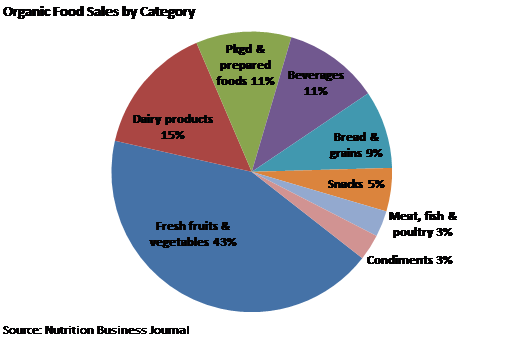In the ever-evolving realm of web development Lansing MI, one remarkable technology that has been making waves is geofencing. These digital barriers, much like invisible fences, are set up to trigger specific actions when a user’s device enters or exits a predefined geographic area. While they may sound complex, geofencing companies have transformed the landscape of digital marketing and user engagement by harnessing the power of location-based services.
The Art of Geofencing: An Introduction
Imagine strolling through the picturesque streets of Lansing, and as you pass a charming café, your smartphone pings with a notification offering you a discount on your favourite coffee. This is the magic of geofencing at work. Geofencing relies on GPS, Wi-Fi, cellular data, or even Bluetooth to create virtual boundaries around physical locations. These boundaries then trigger pre-programmed actions on mobile devices when a user enters or exits these zones.
A World of Possibilities with Geofencing Companies
While Lansing, MI, is known for its vibrant culture and scenic landscapes, it’s also a thriving hub for businesses of all sizes. Geofencing companies have recognized the potential of this technology in the local market, and its applications are diverse:
1. Targeted Marketing: Geofencing allows businesses to send personalized offers, promotions, and advertisements to potential customers when they are in close proximity to the business location. This precise targeting increases the chances of converting foot traffic into loyal patrons.
2. Enhanced Customer Engagement: By engaging customers with relevant content or promotions based on their physical location, businesses can forge stronger connections. Imagine an art gallery in Lansing using geofencing to provide visitors with information about the artwork they are viewing on their smartphones.
3. Event Marketing: Lansing is known for its cultural events, festivals, and concerts. Geofencing can be used to send event-specific information, ticket offers, or real-time updates to attendees, enhancing their overall experience.
4. Competitive Intelligence: Geofencing can also be used to monitor competitor locations and gather data on consumer behavior. This information can inform marketing strategies and help businesses stay ahead of the curve.
The User Experience: Balancing Intrusion and Engagement
One of the key challenges for geofencing companies is striking the right balance between engagement and intrusion. Users may appreciate location-based offers and information, but they also value their privacy. Hence, geofencing campaigns must be carefully designed to provide value without feeling invasive.
For instance, a restaurant in Lansing might use geofencing to offer a special lunch deal to passersby during lunch hours. While this is a valuable service, it’s essential that users opt in to receive such notifications, respecting their preferences and privacy.
The Future of Geofencing in Lansing, MI
As web development in Lansing continues to advance, the integration of geofencing into digital strategies is set to grow. With its ability to provide hyper-localized engagement, businesses can create memorable experiences for their customers, whether they are tourists exploring Old Town Lansing or locals shopping in Eastwood Towne Center.
Furthermore, as wearable technology and Internet of Things (IoT) devices become increasingly prevalent, the potential applications of geofencing will only expand. Imagine your smartwatch guiding you through a historical walking tour of Lansing with geofencing-triggered audio explanations at each point of interest.
In conclusion, the influence of geofencing companies in Lansing, MI, is palpable in the way businesses connect with their audiences. With careful planning, respect for user preferences, and a commitment to enhancing the user experience, geofencing is poised to play an ever more significant role in the digital landscape of this vibrant city. So, whether you’re a local business owner or a curious resident, keep an eye out for the exciting ways geofencing could enhance your Lansing experience in the near future.
FAQ 1: How does geofencing technology work?
Answer: Geofencing technology uses GPS, Wi-Fi, cellular data, or Bluetooth to create virtual geographic boundaries. When a user’s device enters or exits these predefined areas, it triggers pre-programmed actions such as sending notifications or offers.
FAQ 2: Is geofencing intrusive to users’ privacy?
Answer: Geofencing can be designed to respect users’ privacy. Users typically need to opt in to receive location-based notifications or offers. When done right, geofencing enhances user experience without feeling invasive.
FAQ 3: Can geofencing be used for businesses of all sizes in Lansing?
Answer: Yes, geofencing is adaptable and can benefit businesses of all sizes in Lansing, from small local shops to larger enterprises. It offers a cost-effective way to engage with customers and drive foot traffic.




